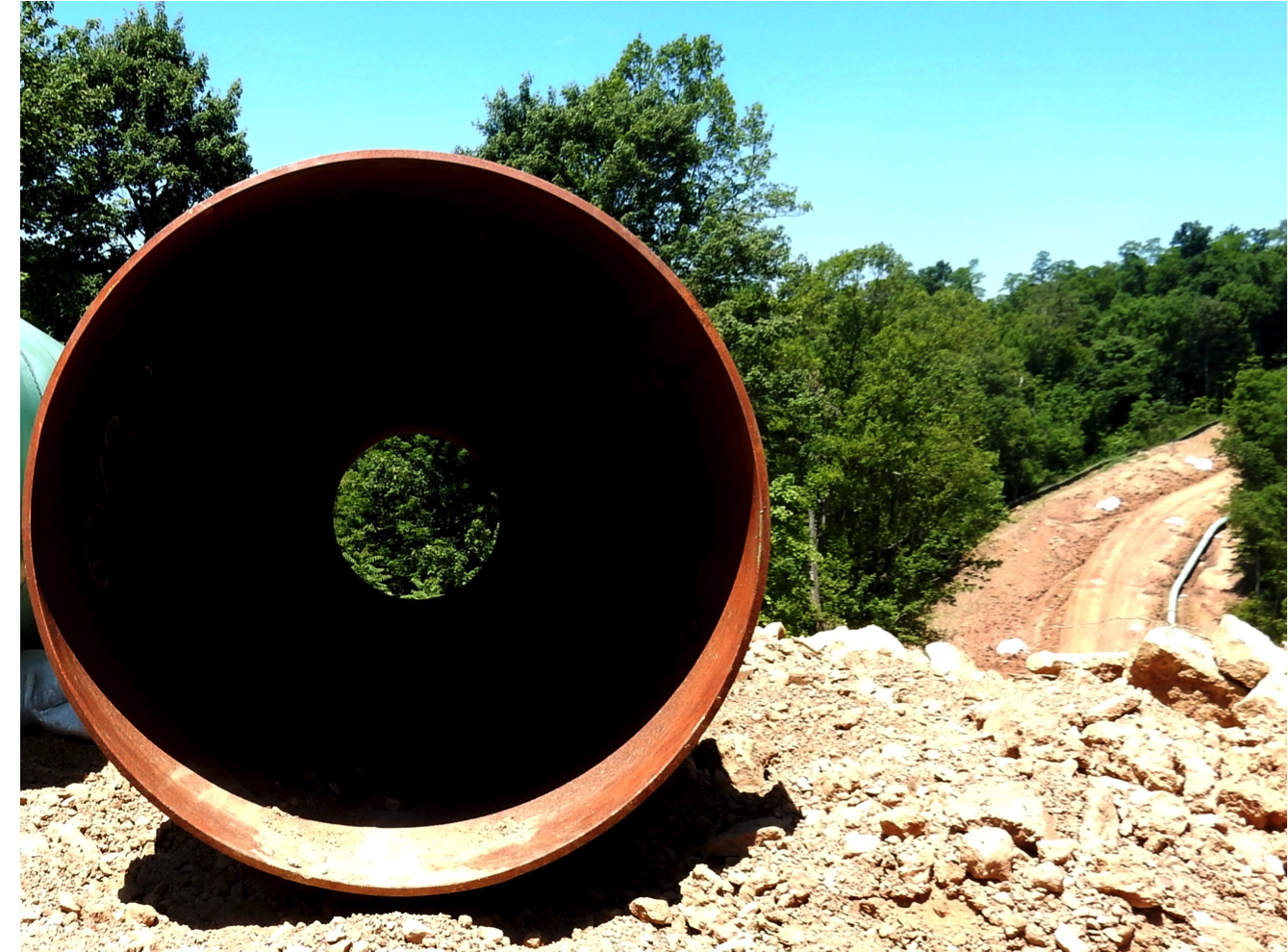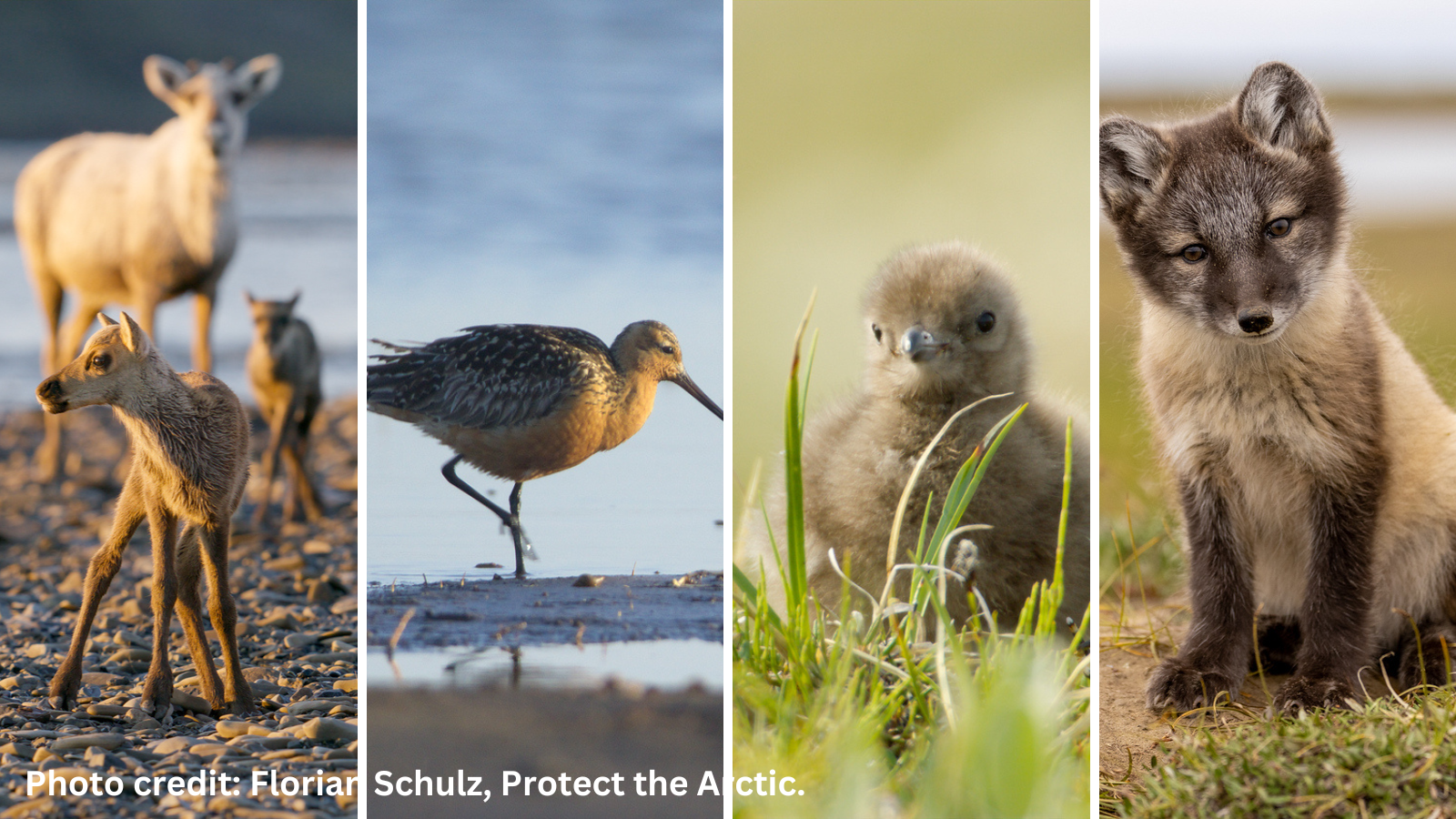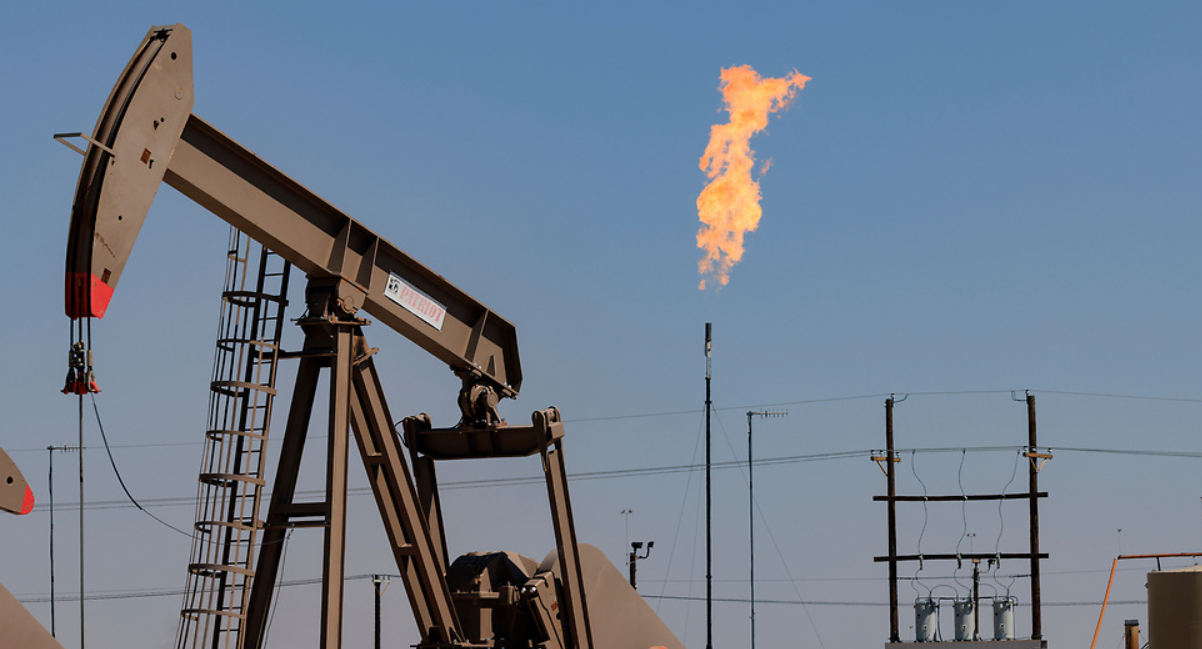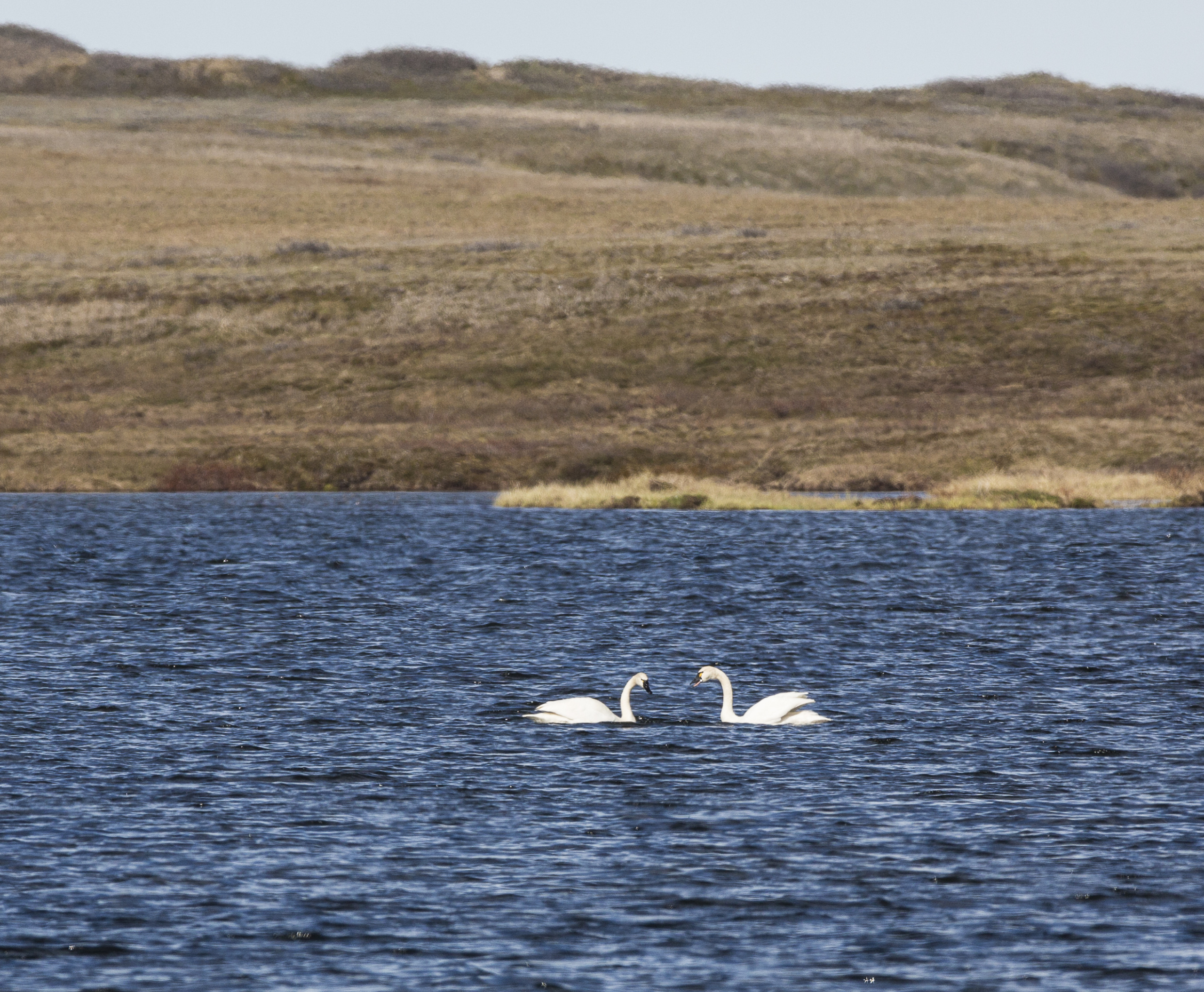
Op-Ed: ‘Permitting reform’ can’t mean more fossil fuels
Some claim that "permitting reform" is needed to accelerate renewable energy growth. But it is just as likely to spur expansion of fossil fuel infrastructure. (In The Hill)

This piece originally ran on The Hill’s website.
To meet America’s climate goals, we must do two things simultaneously: Speed the deployment of clean energy and accelerate the transition away from fossil fuels that pollute our air and water and harm our health.
Producing more clean energy while also producing more dirty energy won’t get the job done, as the latest Intergovernmental Panel on Climate Change (IPCC) report makes clear. Eroding key protections for our environment while doing either is counterproductive.
In the last Congress, lawmakers quashed a so-called “permitting reform” bill backed by Sen. Joe Manchin (D-W.Va.) that would have allowed weaker environmental protections and would have paved the way for more production of dirty energy. Manchin’s bill would have greenlit the controversial, carbon-intensive Mountain Valley Pipeline while weakening regulatory review of energy and mining projects under the National Environmental Policy Act (NEPA).
Now, the House of Representatives is considering even more extreme legislation.
Some supporters of clean energy backed the Manchin bill as a tool to quickly get more renewable energy connected to the grid. They pointed to the potential for rising electricity demand as we electrify our homes and cars (rather than fueling them with oil and gas), and to the rapidly growing list of wind and solar projects waiting in line to hook up to the electric grid.
Those concerns are valid — to a point.
Getting clean energy on the grid is essential for meeting our climate goals. Bureaucratic hurdles can unreasonably slow clean energy deployment. And environmental statutes can sometimes be misused to delay otherwise worthy projects.
But making NEPA’s environmental review process less rigorous and less open to public participation will not, in and of itself, ensure that the clean energy projects we need will be able to connect to the grid. It will, however, keep the door ajar for more production and transportation of fossil fuels at a time when we should be closing it.
Contrary to claims that NEPA review disproportionately affects clean energy projects, a comprehensive review of federal permitting shows that fossil fuel projects outnumber clean energy projects in federal environmental review queues. For example, during a six-month period of 2022, 21 draft or final environmental impact statements (EISs) for unique oil or gas projects — most of them pipelines — were published to the Federal Register, compared with just five EISs for renewable energy projects.
That shouldn’t be surprising given that America is in the midst of an historic build-out of oil and gas infrastructure, including the recent authorization of the controversial Willow project in Alaska. A 2022 analysis by Oil Change International found that the United States approved the largest expansion of oil and gas extraction of any nation in the world last year. These projects will produce the equivalent of nine months of greenhouse gas emissions from the entire U.S. economy, and there are even more projects in the pipeline.
It is already far too easy for fossil fuel producers to build projects that make Americans less healthy and less safe and that put the whole world at risk of worsening climate-related disasters. Making environmental review of dirty energy projects less rigorous and limiting opportunities for public involvement are the last things we should be doing.
The debate over “permitting reform” is also a distraction from the real obstacle standing in the way of America’s clean energy transition: entrenched resistance from fossil fuel producers and monopoly utilities.
Utilities have fought for years to slow the growth of clean energy technologies such as rooftop solar. Squabbling utilities and grid operators have slowed the deployment of interregional transmission lines that would maximize the benefits of renewable power. And utilities led the attack on provisions in Sen. Manchin’s original bill that would have given the Federal Energy Regulatory Commission more power to expedite the process of building transmission.
In 1969, NEPA’s passage enshrined a key principle into federal law: when it comes to the environment, we need to look before we leap.
The principle is as true today as it ever was.
Rather than rush into poorly designed “reforms” that would further threaten our future by locking us into more fossil fuel infrastructure and more emissions, we need to commit to strategies that address both ends of the clean energy transition — expanding renewable energy while phasing out fossil fuels — and do so without jeopardizing critical ecosystems and human health.
Such a path is possible, and with America’s abundant clean energy resources, there is no good reason not to take it. Poorly designed “permitting reform” won’t put us on that path. And if we’re not careful, it could easily set us back.
Topics
Authors
Tony Dutzik
Associate Director and Senior Policy Analyst, Frontier Group
Tony Dutzik is associate director and senior policy analyst with Frontier Group. His research and ideas on climate, energy and transportation policy have helped shape public policy debates across the U.S., and have earned coverage in media outlets from the New York Times to National Public Radio. A former journalist, Tony lives and works in Boston.
Lisa Frank
Executive Director, Washington Legislative Office, Environment America; Vice President and D.C. Director, The Public Interest Network
Lisa directs strategy and staff for Environment America's federal campaigns. She also oversees The Public Interest Network's Washington, D.C., office and operations. She has won millions of dollars in investments in walking, biking and transit, and has helped develop strategic campaigns to protect America's oceans, forests and public lands from drilling, logging and road-building. Lisa is an Oregonian transplant in Washington, D.C., where she loves hiking, running, biking, and cooking for friends and family.
Find Out More

Why Alaska’s NPR-A, site of the Willow Project, deserves protection

Texas regulator uses climate-denier talking points in defense of oil industry

Update from COP28 in Dubai


